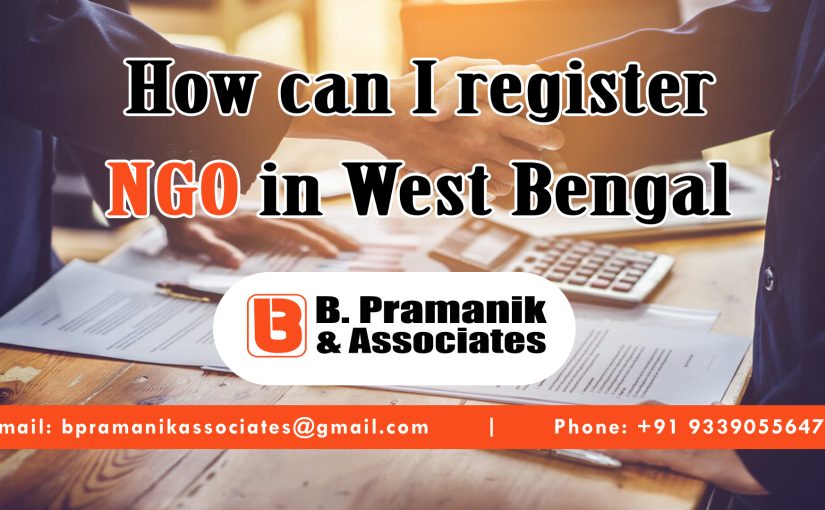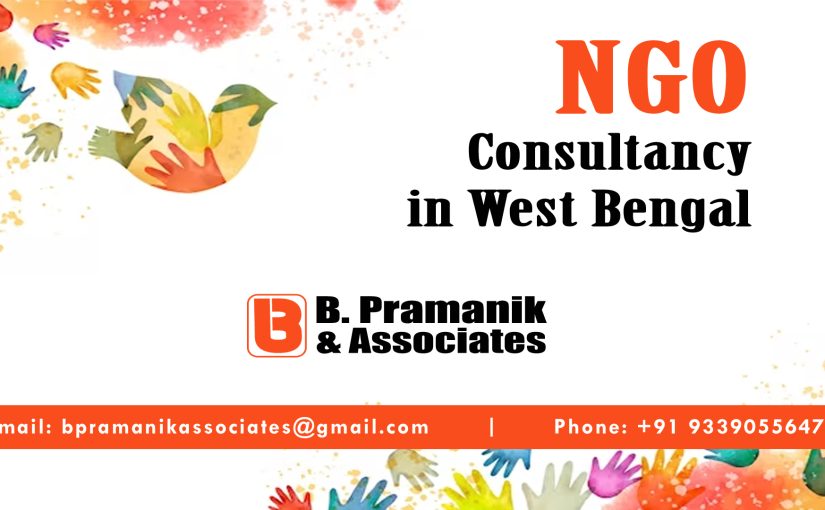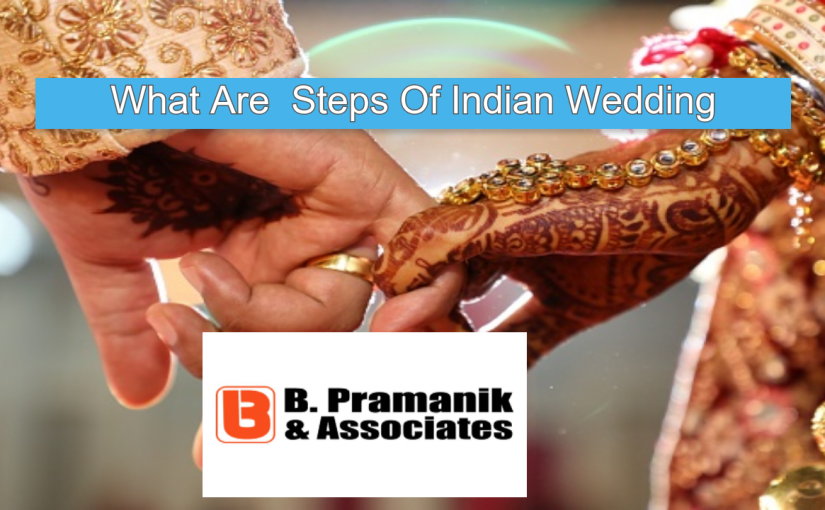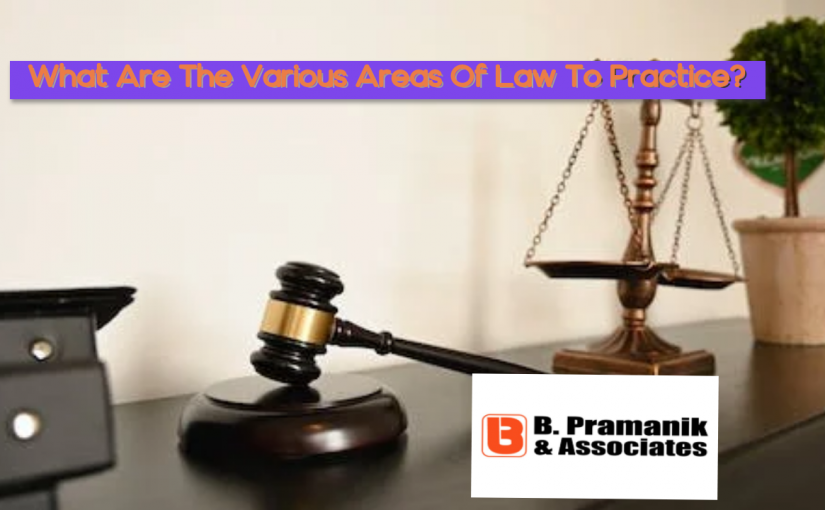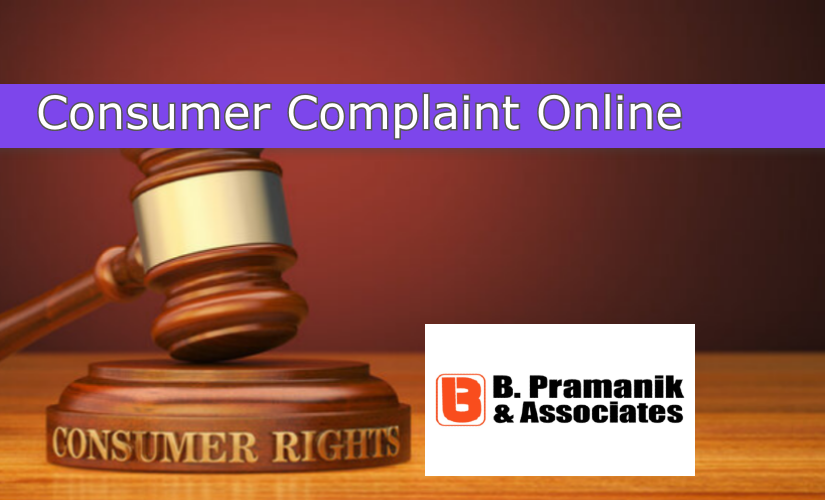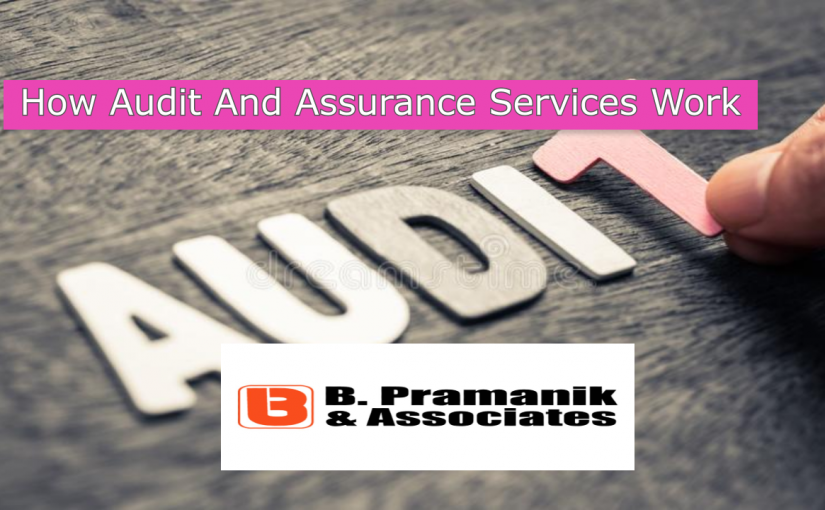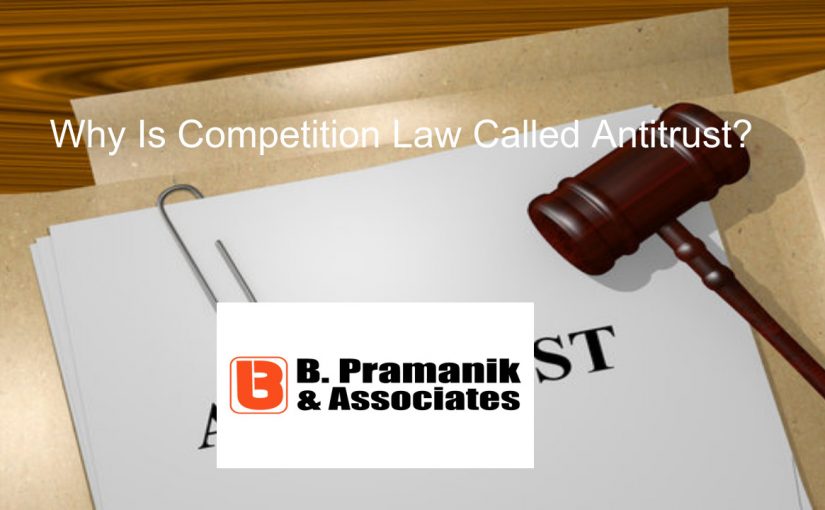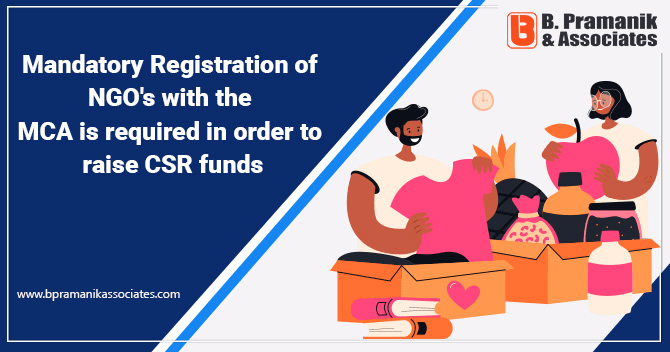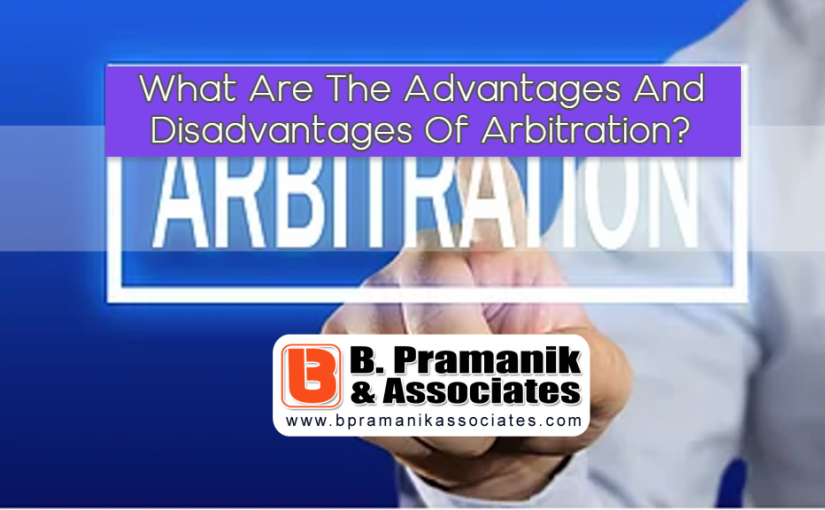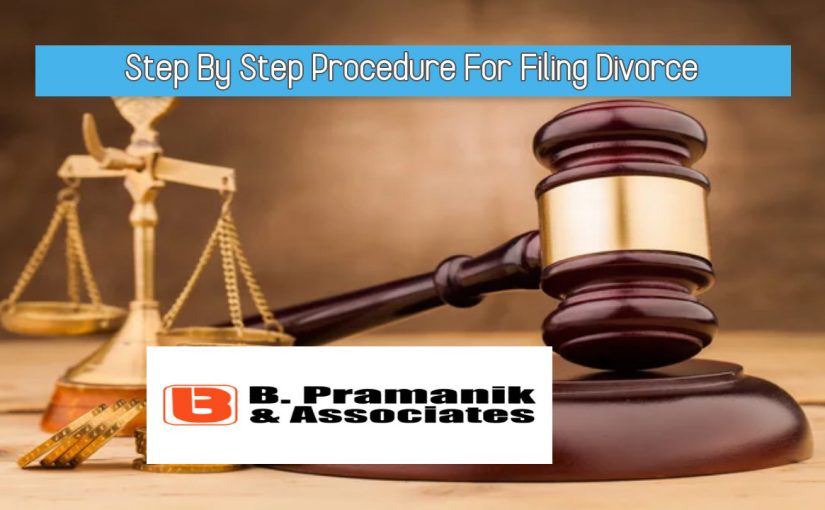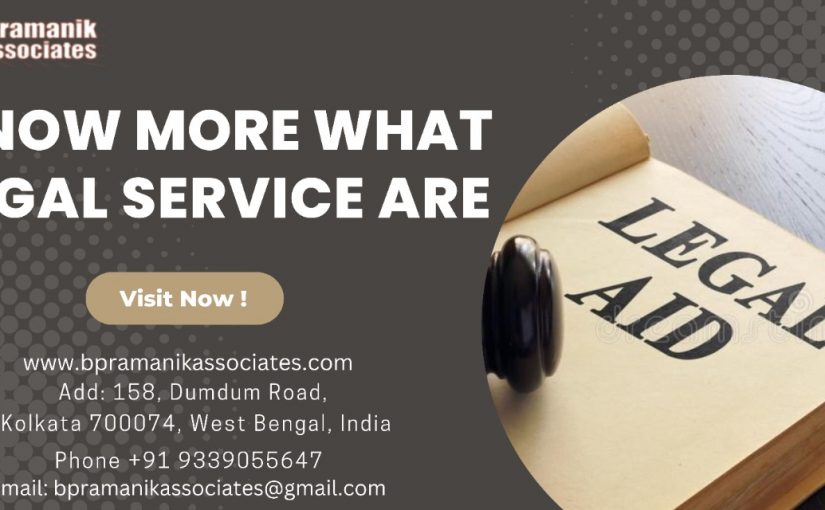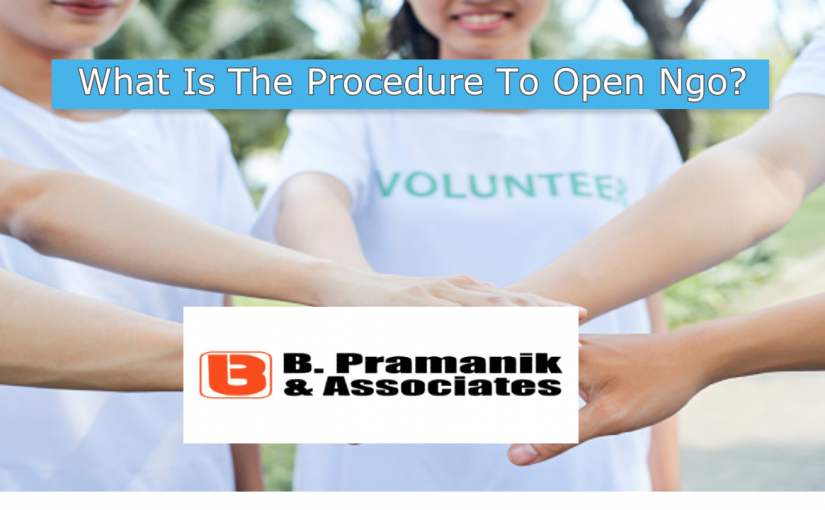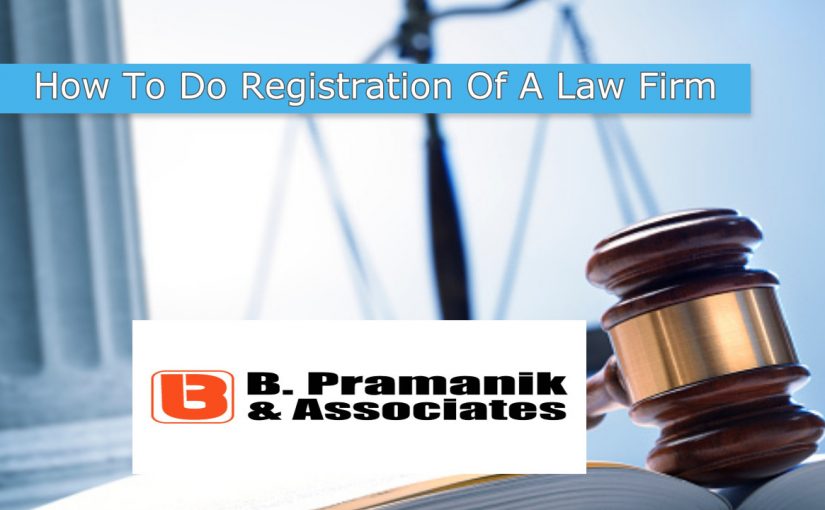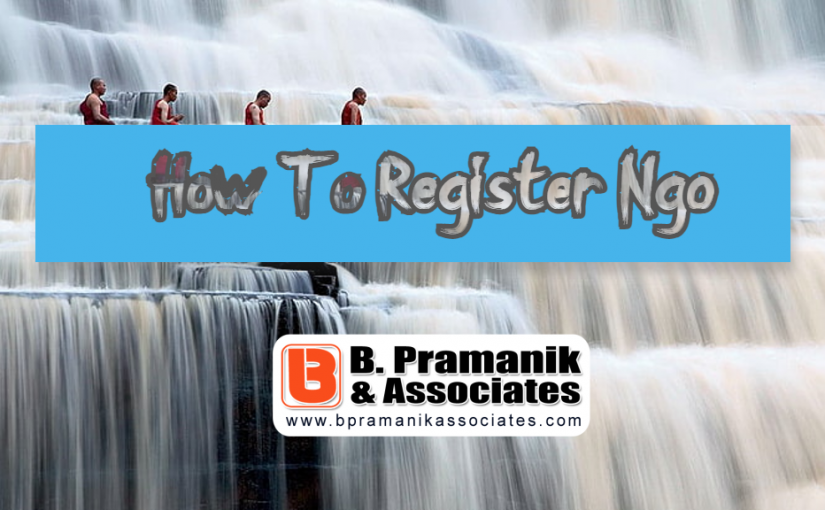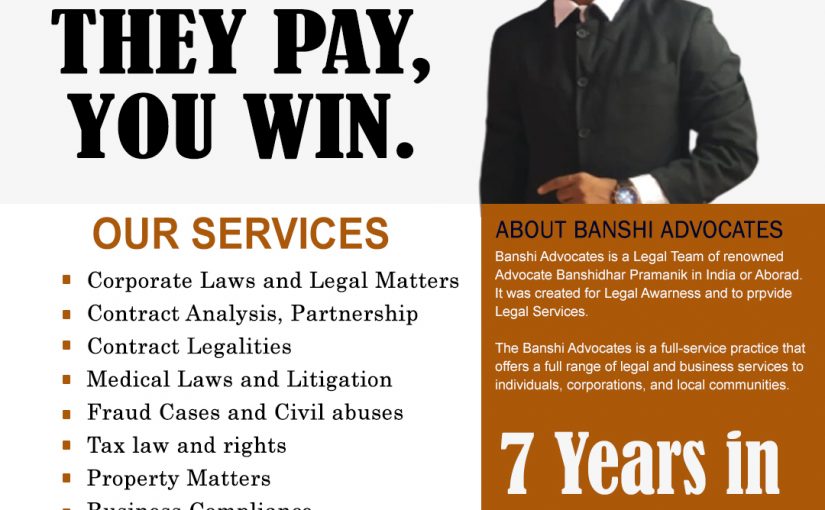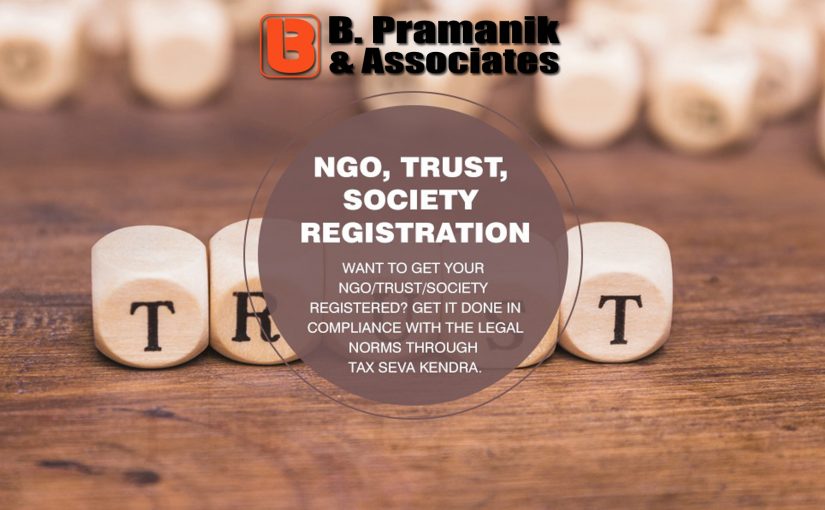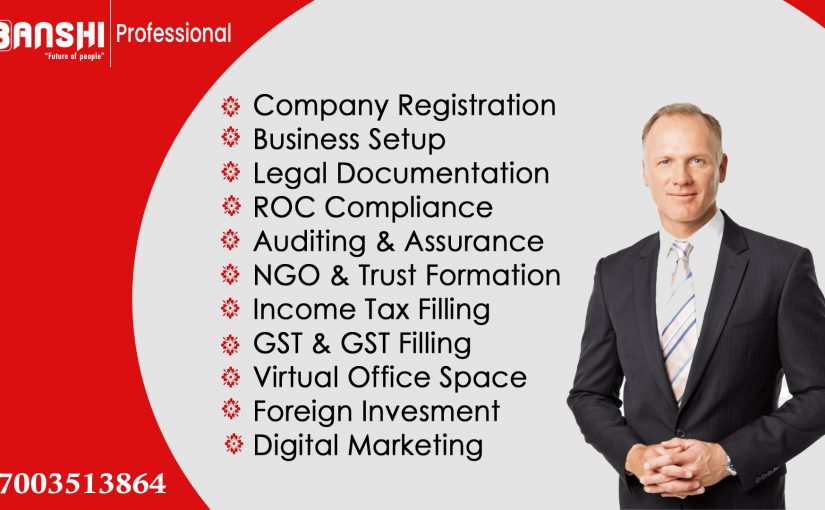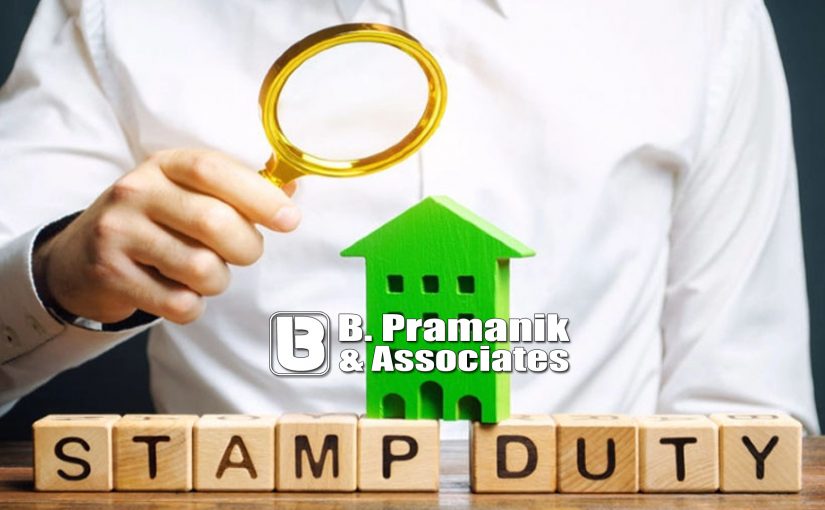
What is SEO? How to do search engine optimization?
What is SEO:
The world is changing. The demand for fast and quality products has never been higher. But with this increased demand comes the need for businesses to be more competitive. One of the ways businesses can become more competitive is through search engine optimization (SEO), the process of improving the ranking of a website or a particular web page in a search engine result.
Search engine optimization (SEO) is the process of making sure your website content ranks higher when someone searches for a term. The goal of SEO is to increase your web traffic, which can lead to more sales and conversions for your business. Search engine optimization is an integral part of marketing, so you should never overlook it as a tool for driving business growth and revenue.
The key difference between SEO and paid ads is that organic ranking doesn’t involve paying for placement. To make it a bit simpler, search engine optimization means taking a piece of online content and optimizing it so search engines like Google rank it towards the top of the page when someone searches for something.
If you write an article about making rasgulla, you’d want people to find your recipe. For anyone to find it, you need to rank above all the other websites with recipes for rasgulla. It’s not easy, but that’s what SEO marketing is all about.
Google is king when it comes to what people search on and how they find what they’re looking for. The more relevant your site appears in a Google search, the greater chance that person will see your website.
Think about how you find information online. When you want to know about something, where do you go? You go to Google. That’s how most people use the Internet for anything.
Welcome to the definitive guide to search engine optimization. We have all the tips and tricks you need to get your site ranking high on Google. The information in this article is helping you get started. So, let’s get started.
On-page Seo & Off page SEO
It’s impossible to improve your rankings without on-page SEO. On-page SEO is all about using keywords in the pages of your website, adding more relevant and high-quality content regularly, and making sure you’re using metatags and titles that are keyword-rich, well-written and descriptive.
Think of off-page SEO as your social life. It’s the collection of networks you join, the people you call friends, and the places you hang out. These relationships all play a big part in what we do, even if they aren’t with your business specifically.
Backlinks can help improve your rankings in search engines, conversions, and even SEO traffic/visitors to a site.
SEO Strategy with Black hat vs White hat
SEO is a long-term game, but not everyone thinks this way.
Black hat SEO is a term used to describe a range of unethical methods by which websites can manipulate their rankings in search engine results pages (SERPs). By doing so, black hatters are obviously hoping for financial gain and the ability to fool people into bringing more traffic to their sites.
White hat SEO is the most common type of search engine optimization. It’s what most businesses do since it works just like traditional marketing. You concentrate on earning your audience’s trust, and then reach them organically.
Search engines reward you when you create a positive user experience by giving users the content that they need and deserve. Nurture leads, convert more visitors and grow your sales.
Let me provide some additional insight into Inbound Marketing.
Duplicate content:
Google will penalize a site if someone tries to rank for a certain keyword by duplicating the same keyword text in multiple places on their site.
Keyword Placement:
To avoid getting your site blacklisted, avoid using keywords in the wrong places and make sure that the keywords are relevant to your content.
Cloaking:
If you purchased a lot of domains to redirect, and all the traffic goes to one domain, you risk that Google will see this as cloaking and drop your rankings. A better way is to still purchase all the keywords and land on a site in which you have content. This is a much safer alternative.
Link Building:
Link building is not a one-and-done process. It’s one of the most important parts of SEO, but many brands neglect it. To build a successful SEO strategy, you need to engage in content marketing, guest posting, Forum Posting and social media marketing. Avoid buying links, especially on Fiverr. A better plan is to create quality content and build a community around it.
You won’t hear me talk about these things much, since they are not great techniques and can get your site penalized by Google. You see, there is a thing called gray hat SEO which I am referring to here. It’s not that pure form of white hat which you should be following, but it’s not as manipulative as the black hat techniques that can get your site banned.
I personally don’t advocate some gray hat SEO practices, because they can put your site at risk. But I do think that you should always be in the know when it comes to SEO tools so you can make sure that your site stays search engine friendly.
Guest blogging is an effective marketing tool for attracting new readers and gaining exposure for your brand. It’s not about what you do but how you do it. If you buy guest posts from sites that have nothing to do with your niche, you’re going to get penalized. If you create unique guest posts that provide value to readers on sites that are relevant to you, the link juice will flow nicely to your site.
Marketing:
Now that you have a good understanding of the concept, it’s time to learn how to actually do it. There’s a lot to take into consideration, and only after time will you start to see results. This is about slowing down, going step by step, and working on your SEO long-term.
It’s time to learn some SEO skills. So, it’s important that you understand just how important search engine optimization is. It can make all the difference to your business; it really will help you to reach new heights.
You’ve probably heard it before: “Content is king.” Bill Gates made this prediction in 1996, and it’s as true today as ever before.
Google favours content over other factors, but depending on the content, it’s not always easy to know how best to make your site more searchable. If you want your site to rank as high as possible in Google, there are a few things that you can focus on.
Rankings are a measure of how well your website performs against others in the Google search engine. If you want to be ranked high, then you will want to learn more about this complex ranking algorithm.
It’s important to understand that Google aims to serve the best content first, which means that it’s important for businesses (and bloggers!) to ensure their content is easily indexable.
Content component:
Quality:
One of the most important things to consider when creating content is its quality. Don’t neglect this element just because you’re creating content for your site. Make sure that your writing speaks to your audience and can truly solve their problem. If it can, you’ll have a piece of content people will want to keep coming back to, and rank higher on Google for as long as possible.
Quality is the key to ranking high. If you want to rank well on Google, you need to focus on creating thought-provoking content your audience will love.
Intent:
The elements of your content should reflect the intent of your query. Make sure to target primary and secondary keywords in your content such as “best ice fishing rods”, but also consider opening up more about your product or service in case the searcher is looking for something else entirely.
Freshness:
The best way to increase rankings with Google is to post fresh content. However, that doesn’t mean your content has to be brand new. In fact, there are plenty of ways you can make your content more relevant and up-to-date. Going through and updating your content for accuracy, fixing any broken links, and refreshing old data with new statistics that are more relevant are all ways to show Google your piece of content still deserves a spot on page one.
Your content needs to be new and relevant in order to show off your expertise and follow up on your lead generation efforts.
Tips And ways for the quality level of content:
When you’re creating content, it’s important that you understand your audience. You also need to develop the personas of all your readers, what they like and dislike, and why they’re interested in your topic. Break up large blocks of text with plenty of headers and images. Make sure that what you’re writing is actionable for the reader, answering the question “What now?”
Keyword Research:
keyword research is a top priority when it comes to online marketing and SEO. In fact, keyword research determines what you call your site or how you describe your brand online. It also determines how you plan on implementing tactics such as SEO and link building.
Keyword research and selection are one of the most important parts of your SEO strategy. Even if you do everything else correctly, if your keywords aren’t accurate, people won’t be able to find your site (or they may even think it’s a competitor’s site).
Keyword research is the foundation of any SEO campaign. Without it, you’re just trying to collect keywords. But after that, you need to use it in smart ways.
keyword research doesn’t have to be difficult; it just has to be done. A lot of people say they are doing their research yet they never really do anything with it. There is a lot in between the click of a button and the click of a mouse if you want to rank your site on google.
Component Of Keywords:
Keywords are the backbone of your entire PPC strategy. From planning and bids to ad copy, working with keywords ensures that important parts of your campaign have consistent messaging and strong performance. Keyword selection is also an important part of your overall media strategy.
How To Find Right Keywords :
Say you provide consulting services for sale. Customers could pay INR 6,000 for your service over the course of a year. That’s a little under INR 500 each month, so it’s not out of the question but it’s still rather pricey.
Guess what type of audience you’re likely to draw if your website ranks #1 for “free business growth tips”?
You’ll attract individuals looking for free things! Therefore, it is likely that customers won’t immediately enter their credit card information on your website. Your website might receive thousands of visitors per month from just one keyword. However, it makes little sense to rank for it because it presumably has the incorrect audience. Choosing an alternative keyword would be preferable, even if it meant losing 990 visitors per month.
Keyword Analysis:
When you put in a keyword like “content marketing,” you see a huge number of searches. Should you go after it? No! Chances are the rankings are really competitive, so you should look for keywords that get fewer searches.
You might think, “Oh man, that keyword looks like a good one! It gets a lot of searches, and I’m just going to go for the gold and rank for it.” But you can forget about that. My recommendation is to head over to Semrush.com, Ahrefs.com or Ubersuggest.com and check out the competition for any potential keywords and see if you can handle that.
Why Keyword research tools Important:
Competition is strong. Just look at this search term. There are several sites ranking on page one that has been there for years. Google has seen them deliver quality info before and knows they can do it again. You haven’t proven yourself yet, and it would take a lot for you to rank ahead of the competitors.
Purpose of Online Search:
The importance of online searches is something that Google never stops telling us about. People typically focus on keywords, but that’s not what you should be doing. You should be trying to figure out what people are looking for, not what they type. This is the meaning of “online searches.” You’ll get a tiny amount of visitors if you get traffic, but you’ll generate real income if you get visitors. To make things simple, let’s start with a scenario that illustrates the difference.
In order for you to make money from designing websites, you must have visitors, so your job is to get people to your website instead of somewhere else. As the number of visitors increases, you’ll get more money. The more people that come to your website, the more you’ll make.
What happens in the case of a keyword like “website design?” People use it to describe WordPress, PHP, or HTML. What the user is looking for is what matters most. What kind of website design is the user interested in?
Choosing the best keywords is important in keyword research and selection:
There are four tactics for the best keyword research and selection.
You might not be able to do the finest keyword research without the help of tools. Ubersuggest and Ahrefs may assist you in identifying your competitors and making your job simpler.
You may learn a lot about the future of keyword research by understanding semantics. You don’t have to include the exact keyword fifteen times to satisfy Google; what it needs to see is the intention. You don’t have to include every permutation of bass fishing rod, bass fishing rod, fishing rod for bass, and so on, because Google picks it up for you if your content is good.
You must understand the intention of the keyword. Google receives a lot of queries that are very different from those put by researchers, so if you answer a query in your content, you don’t want buyers the same as a researcher.
If you want to conduct keyword research, you should keep track of your rivals’ activities and follow their lead. Using a keyword research tool, you can discover what keywords they are targeting and see how much they are spending on them. Look at their URLs and see what keywords they are targeting in relation to the keyword gap.
HTML:
The HTML on your site is an essential component of SEO marketing. Poor tags, headers, and descriptions will make it difficult for Google to figure out what your content is about and why it should rank higher than the competition. When people read that HTML is a component of SEO, they get worried, but there is nothing to fear. You don’t need to know to code, and there is little work involved in altering tags and descriptions. There are very few things to do, especially copying and pasting when altering HTML from an SEO perspective.
Title Tag:
There is a lot of confusion about the H1 and title tags. The title tag is what is displayed in the tab at the top of the browser and is displayed when a page appears on Google. The H1 tag is different from the title tag and should be treated as such. This is the most important tag on the page, and it has a blue or purple background that stands out. It’s important to include your primary keyword and to make the title enticing so users want to click.
The meta description:
The Meta Description is the section of text that is below the title. It’s a great chance to tell the user what the content is about. The meta description is no longer than 160 characters, and it’s important that it displays correctly on both mobile and desktop screens.
Schema:
Schema is a collaboration by several search engines to improve the SERP display of your content. It’s essentially just a subset of HTML tags that improve how SEOs display your content. Because of schema, Google displays a rating on the SERP in the example above. It’s a small factor, but it’s good practice. When you’re finished setting up your schema, make sure it works correctly by testing your page.
Subheaders:
Subheaders are one example of a subheading. Your H1 is your article’s title and appears at the top. A subheading is your H1, which is your article’s title. Every word on your H1 is important because it’s your main header. When the reader first arrives at your site, this is the time to catch their attention, so it’s critical to include your main keyword in your H1.
Alt Text:
A lot of people don’t utilise alt text to describe an image in their article. Search engines can describe photographs to visually impaired individuals using alt text. An image’s alt text should adequately describe the image, but you may also use it to place keywords.
URL slug:
The box around the phrase “what is content marketing” is known as the URL slug. You can see it in the image above. It tells Google what the content is about by including keywords. You should include your most important keywords in these areas as well.
To Be Continue ………………………..



